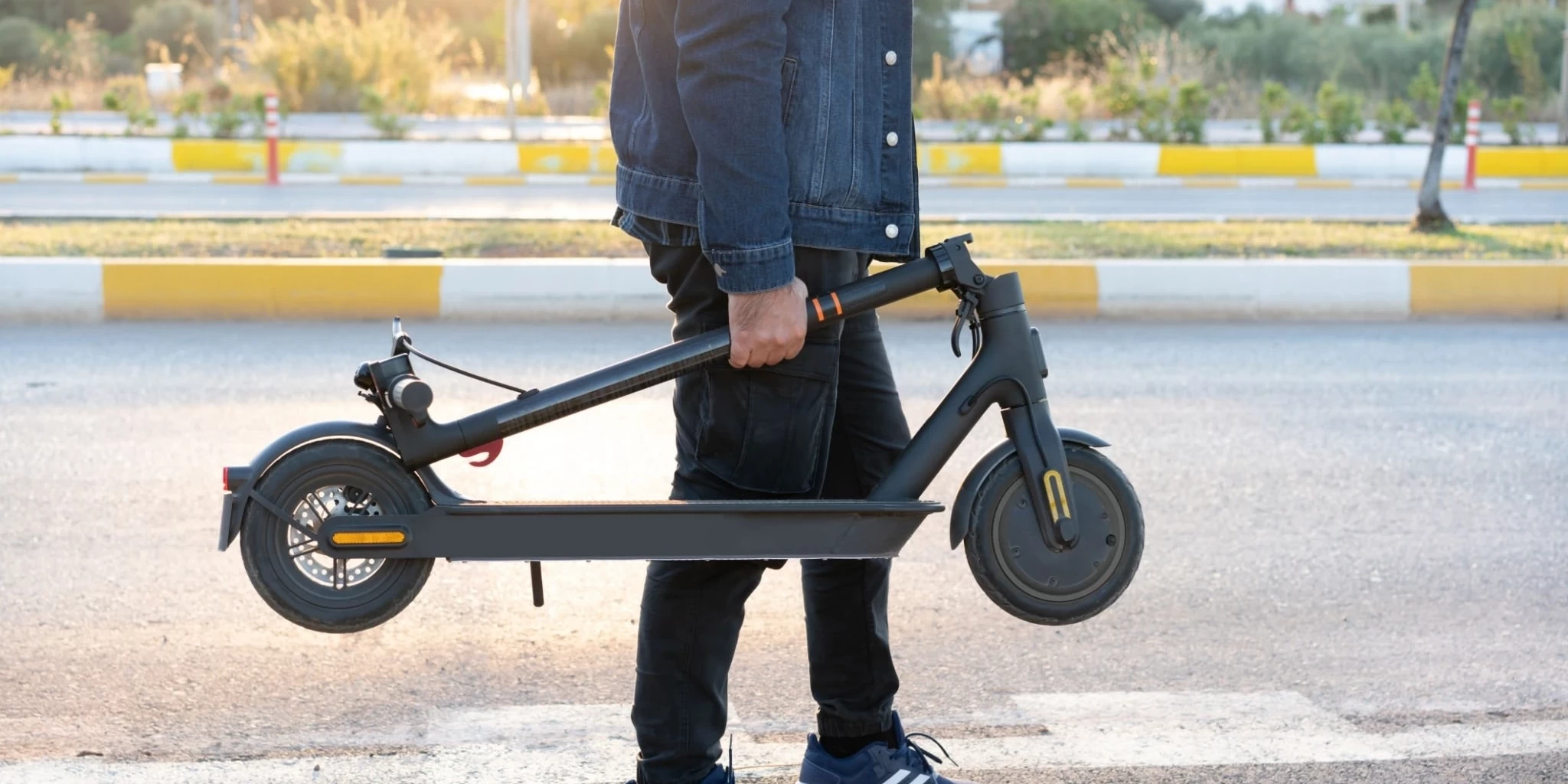Jump to:
Electric scooters (e-scooters) have become a popular mode of transportation, especially in urban areas, due to their convenience and eco-friendliness. However, their popularity has also raised concerns about their safety for riders and others on the road. In this blog post, we will discuss how cities can ensure the safety of e-scooter riders on their streets by taking specific measures to address e-scooter safety concerns.
Background On E-Scooter Safety Concerns
According to a study by the Centers for disease control and Prevention (CDC), there were more than 39,000 e-scooter-related injuries in the united states between 2014 and 2018. These injuries ranged from minor cuts and bruises to severe head and neck injuries and even fatalities. The study also noted that many injuries occurred on public roads and sidewalks.
The primary safety concerns associated with e-scooters include the lack of protective gear, inexperienced riders, and the absence of proper infrastructure for e-scooters on roads and sidewalks. Additionally, many e-scooter riders ignore traffic rules and regulations, leading to accidents and collisions with other vehicles and pedestrians.

Laws And Regulations For E-Scooter Riders
Cities can ensure the safety of e-scooter riders by implementing laws and regulations that govern how they operate on public roads and sidewalks. These laws can include requirements for helmets, safety lights, and reflective gear for e-scooter riders. Cities can also create designated bike or e-scooter lanes to separate e-scooter riders from other vehicles and pedestrians.
Infrastructure Improvements For E-Scooter Safety
Cities can make infrastructure improvements to ensure the safety of e-scooter riders on their roads and sidewalks. This can include installing speed bumps, roundabouts, and other traffic calming measures to reduce the overall speed of traffic in areas where e-scooters are commonly used. Cities can also install more bike racks and designated parking areas for e-scooters to minimise clutter on sidewalks.
Impact Of Weather Conditions On E-Scooter Safety
Weather conditions such as rain, snow, and ice can impact the safety of e-scooter riders. Cities can work to ensure the safety of e-scooter riders by providing alternative transportation options during inclement weather conditions. Additionally, cities can test and evaluate e-scooter models to ensure they are designed and equipped to handle different weather conditions.

Education And Awareness Campaigns For E-Scooter Riders
Cities can launch education and awareness campaigns to promote the safe use of e-scooters. These campaigns can include information on traffic rules and regulations, safety gear, and proper e-scooter maintenance. Cities can also work with e-scooter companies to provide training sessions and knowledge to new riders.
Protection Gear And Equipment For E-Scooter Riders
Protective gear such as helmets, lights, and reflective gear can significantly enhance the safety of e-scooter riders. Cities can work with e-scooter companies to provide protective equipment as part of their services. Additionally, cities can install more bike lockers and helmet rental stations in areas where e-scooters are commonly used.
Safety Measures For E-Scooter-Sharing Services
E-scooter sharing services have become popular in many cities but also bring safety concerns. Cities can work with e-scooter sharing services to ensure that their e-scooters are regularly maintained and inspected to ensure they are safe for users. Cities can also require e-scooter-sharing services to provide insurance for riders in case of accidents.

Collaboration With E-Scooter Manufacturers To Ensure Safety
Cities can collaborate with e-scooter manufacturers to ensure that their products are designed to be safe for users and comply with safety regulations. Manufacturers can also conduct regular safety inspections and tests to ensure that their e-scooters are safe for users and adequately maintained.
Ensuring the safety of e-scooter riders on public roads and sidewalks requires the collaboration and effort of cities, e-scooter companies, manufacturers, and users. By implementing laws and regulations, improving infrastructure, providing protective gear and equipment, and conducting education and awareness campaigns, cities can promote the safe use of e-scooters and reduce the risk of accidents and injuries. Understanding and addressing e-scooter safety concerns is crucial for the widespread adoption and successful integration of e-scooters in urban transportation systems. Additionally, all grammar mistakes have been corrected.
Peaker
Meet Peaker, our suave electric scooter enthusiast from the charming streets of London. With a passion for sustainable urban mobility, Peaker navigates the world of electric scooters with a keen eye for style and efficiency. Whether he's zipping through the city or sharing his latest scooting adventures, Peaker is your go-to guide for all things electric and eco-friendly. Join him on the ride towards a greener, swifter future!





